May 8, 2011 – Mothers Day (Dia de las Madres) was first celebrated when the government of Alvaro Obregon imported the holiday from the US in 1922, with a massive promotional newspaper campaign the same year. At the time the conservative government tried to use the holiday to promote a more conservative role for mothers in families, which was criticized by the socialists as promoting an unrealistic image of a woman.
A decade later in the mid-1930, the government of Lazaro Cardenas promoted the holiday as a “patriotic festival”. The Cárdenas government tried to use the holiday as a vehicle for various efforts: stressing the importance of families for national development, benefiting from the loyalty that Mexicans had towards their mothers, introducing new morals to Mexican women and reducing the influence of the Catholic church. Hence, the government sponsored the holiday in the schools.
Soledad Orozco García, the wife of President Manuel Avila Camacho, promoted the holiday during the 1940s, making it into an important state-sponsored celebration. The 1942 celebration lasted a whole week, including an announcement that all women could reclaim their pawned sewing machines from the Monte de Piedadwithout repayment. The catholic National Synarchist Union (UNS) started paying attention to the holiday around 1941, due to Orozco’s promotion. The members of the Party of the Mexican Revolution (nowadays PRI) that owned shops had a custom where women from humble classes could go to their shop in mother’s day, pick a gift for free, and bring it home to their families. The Synarchists worried that this promoted both materialism and the idleness of lower classes, and in turn reinforced the systemic social problems of the country. While nowadays we see those holiday practices as very conservative, the 1940s’ UNS was viewing the holiday as a part of the larger debate on modernization that was happening at the time. This economic modernization was inspired by US models and was sponsored by the state, and the fact that the holiday was originally imported from the US was only seen as one more piece of evidence that it was an attempt at imposing capitalization and materialism in Mexican society.
In 1942, at the same time as Soledad’s greatest celebration of the holiday, the clergy organized in León the 210th celebration of the Virgin Mary with a big parade. There is a consensus among scholars that the Mexican government abandoned its revolutionary initiatives during the 1940s, including efforts to influence Mother’s Day. Nowadays the “Día de las Madres” is an unofficial holiday in Mexico (May 10th) and celebrates both mothers and the Virgin Mary.
Feliz Dia de las Madres!


